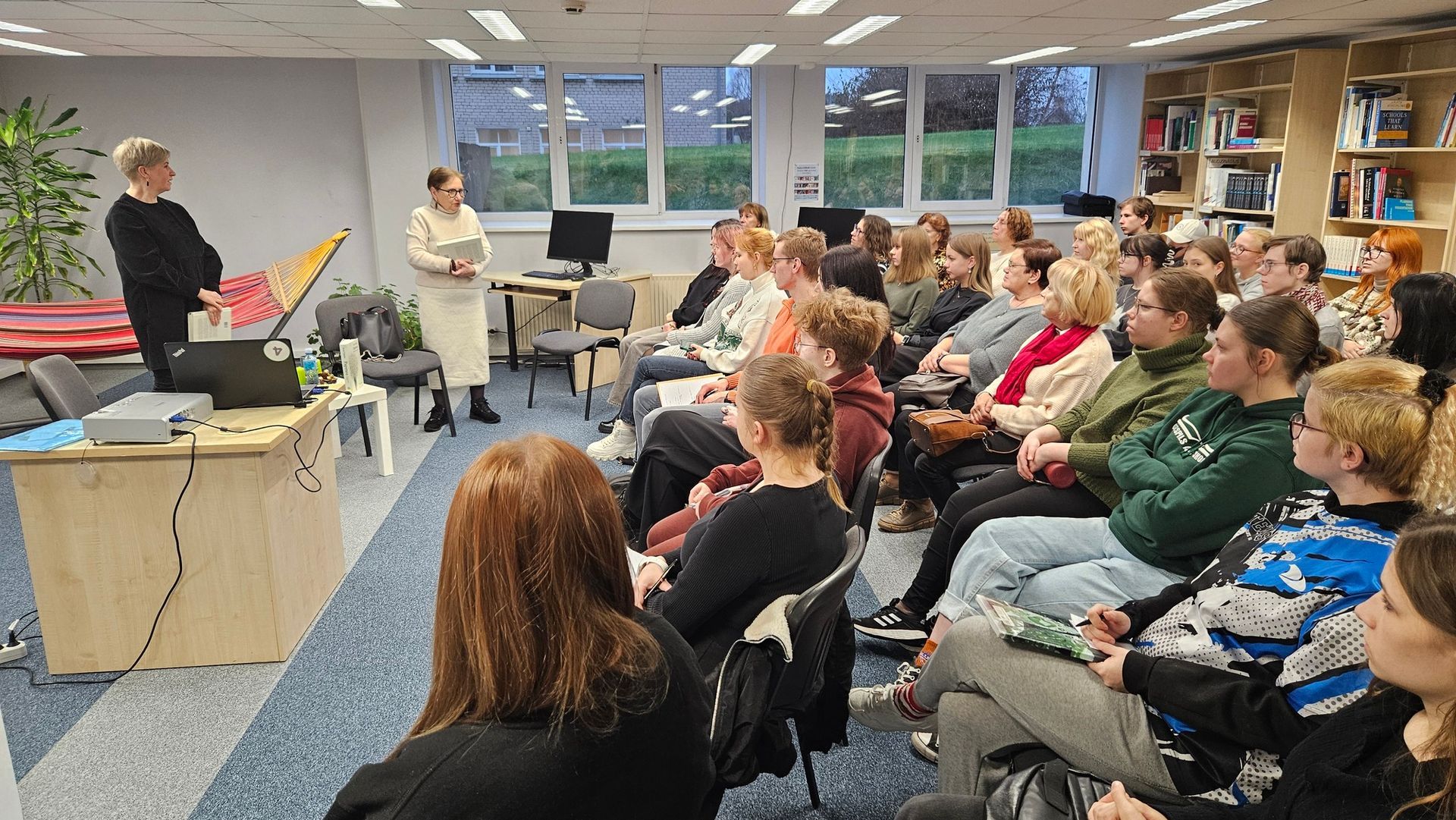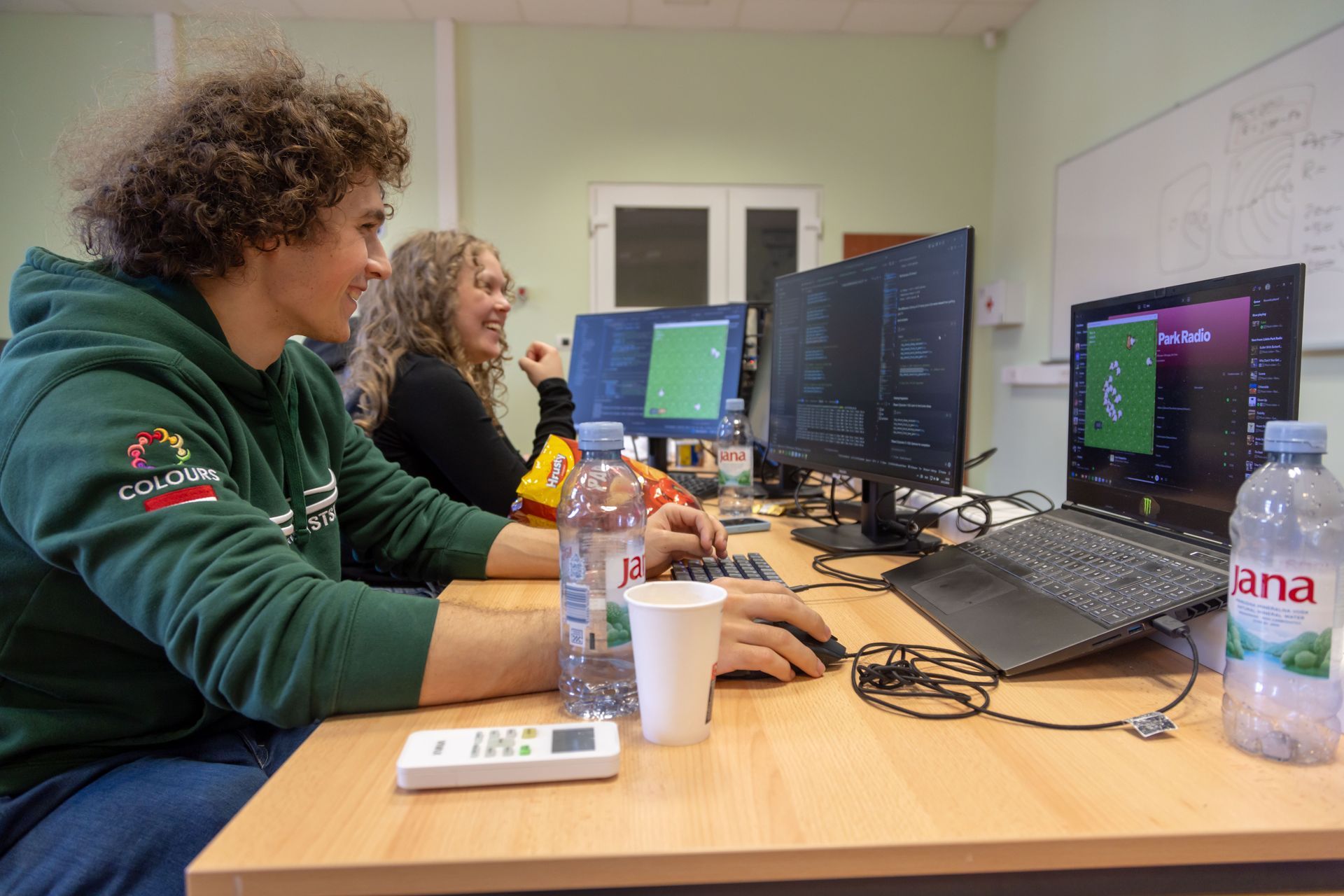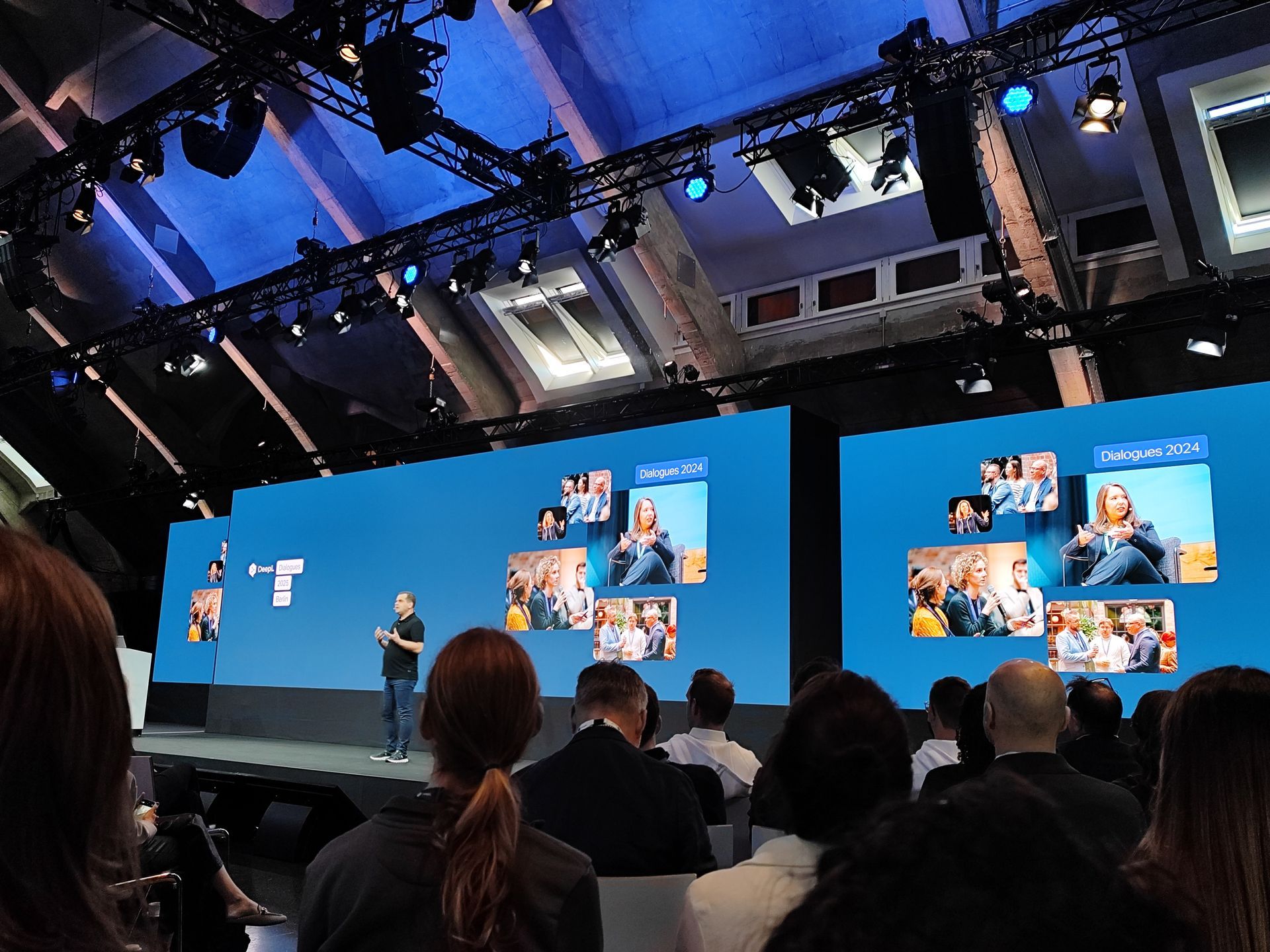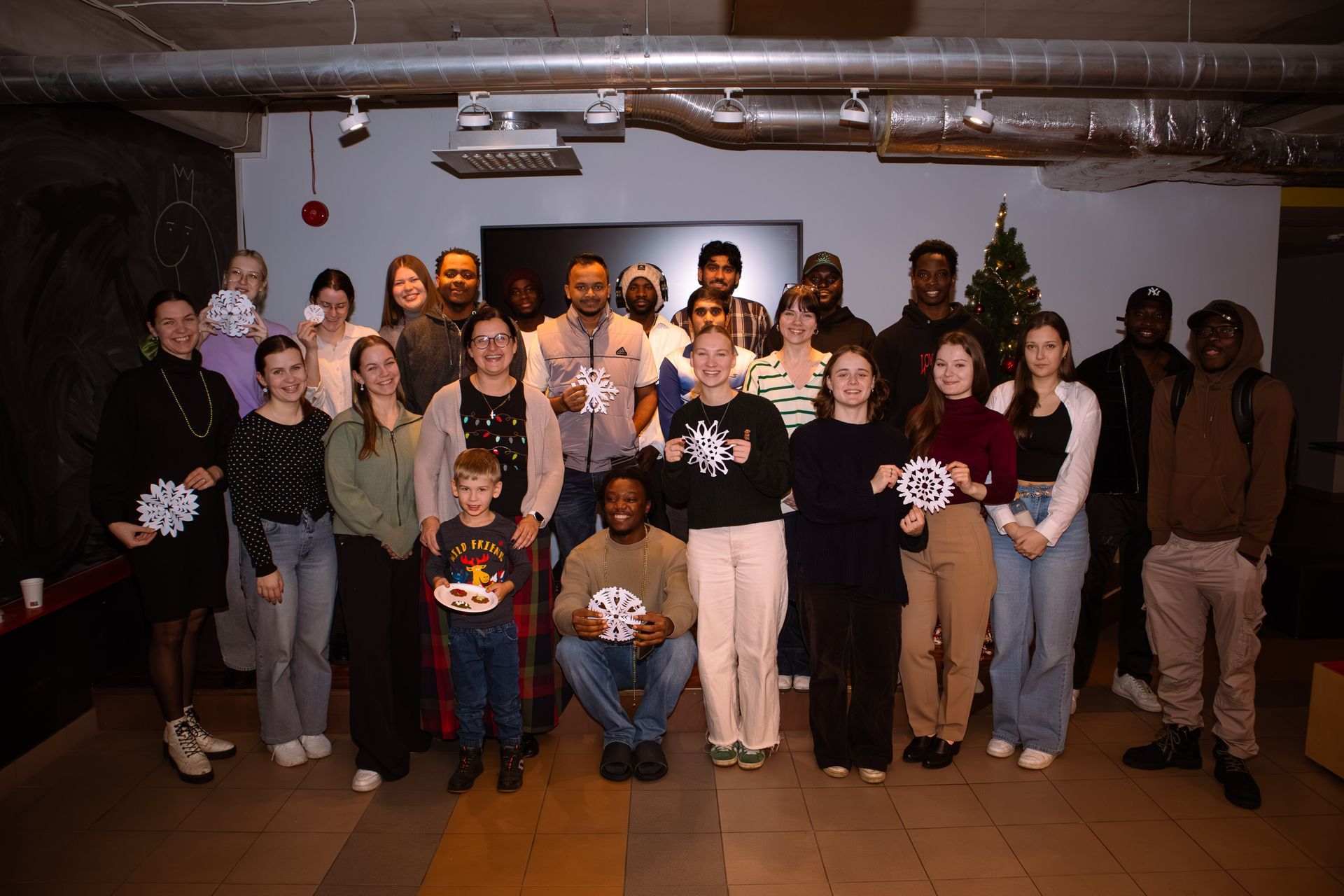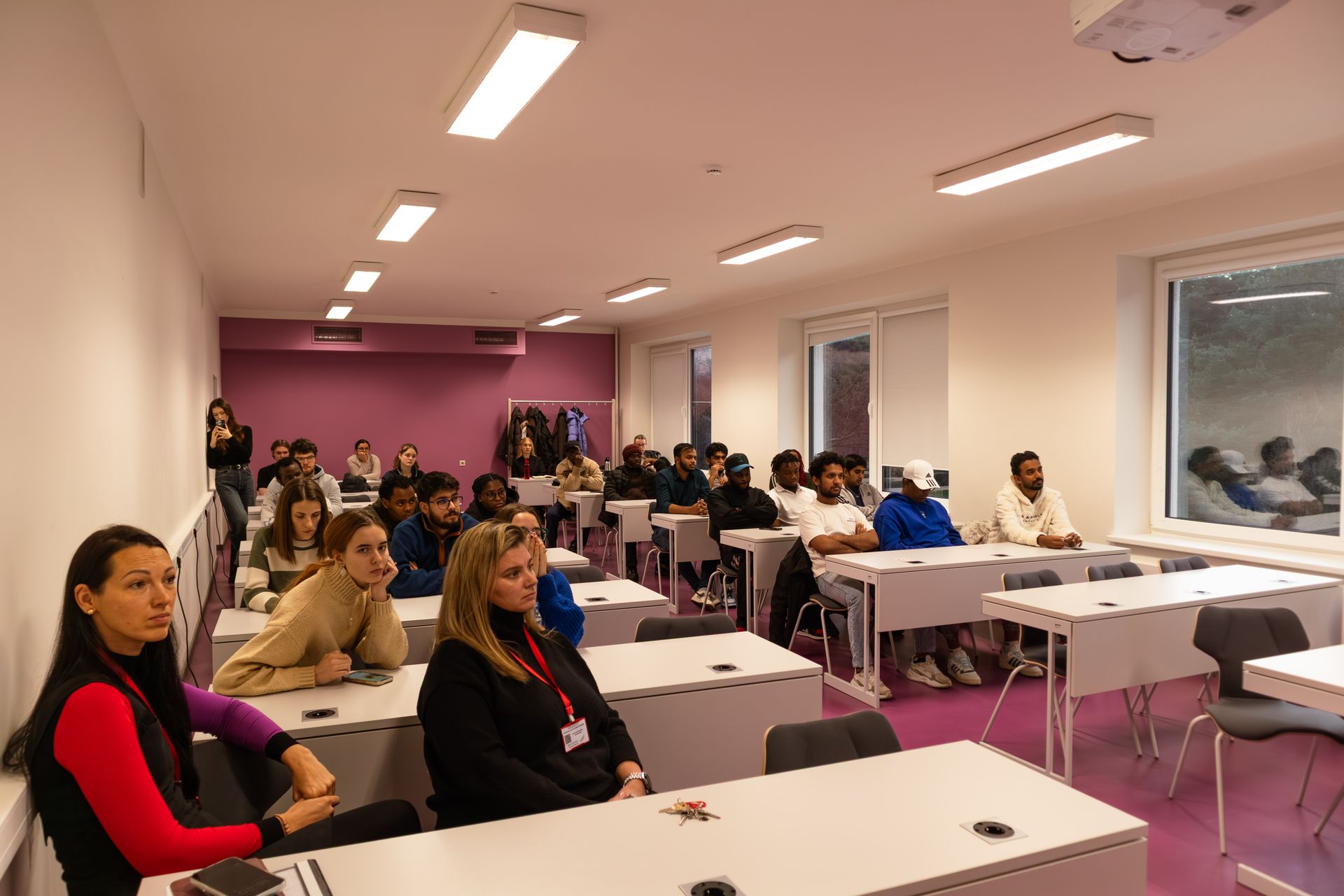Research by scientists is published by one of the most prestigious journals in the field
Scientists at Ventspils University of Applied Sciences have conducted a very large and important study in astronomy on star formation processes. The study has been published in one of the field's most prestigious journals in the world – “Monthly Notices of the Royal Astronomical Society”, which has been coming out continuously since 1827, compiling the most notable discoveries and research findings from around the world.
There is still very little information and clarity in the world about how large star arrays form, and researchers at the Ventspils International Radio Astronomy Centre (VSRC) have been working on observations for five years using the unique infrastructure in Irbene, specifically radio telescopes RT-32 and RT-16, to analyze them. After five years and more than 21,000 individual observations, it was concluded how varied the sources observed actually were, indicating the chaos that surrounds the formation of massive stars.
These types of studies are very complex and require specific knowledge, skills, infrastructure, and more importantly – they take place over a very long period of time. The stars under observation were massive stars with masses more than eight solar masses. Optically monitoring star formation is a big challenge because these processes occur deep in the centers of dark nebulae. Since spring 2017, researchers regularly monitored methanol masers in 42 areas of massive star formation.
Researcher Artis Aberfelds says: "It is very gratifying to see that the work we put in is appreciated. The journal is really prestigious and will definitely help the research to reach a wide audience and thus also raise the profile of both Ventspils University of Applied Sciences and VSRC, showing how large, complex and important research we are able to carry out. I am pleased that we have been able to conduct this research regularly and without interruption. This is difficult to do over a five-year period, because the studies have to be aligned with other observations, staff holidays, changeability and other influencing factors. The fact that we have been able to maintain this quality and performance bar shows both our enthusiasm and persistence in carrying out the study. Of course, as a young researcher, managing a publication of this magnitude for one of the world's leading journals is an invaluable experience for me."
The research was carried out by VSRC researcher Artis Aberfelds, lead researcher Ivars Šmelds, lead researcher Ross A. Burn and science assistant Jānis Šteinbergs.
Share on other platforms
Other news
